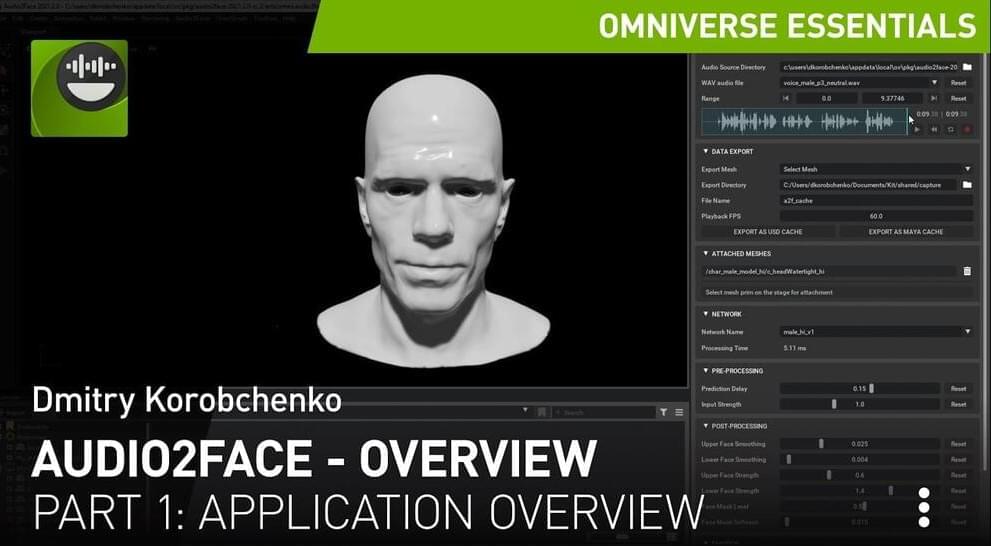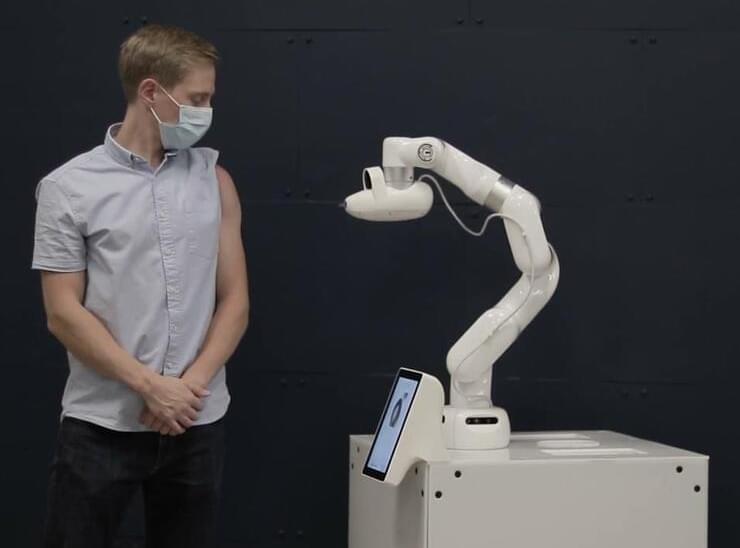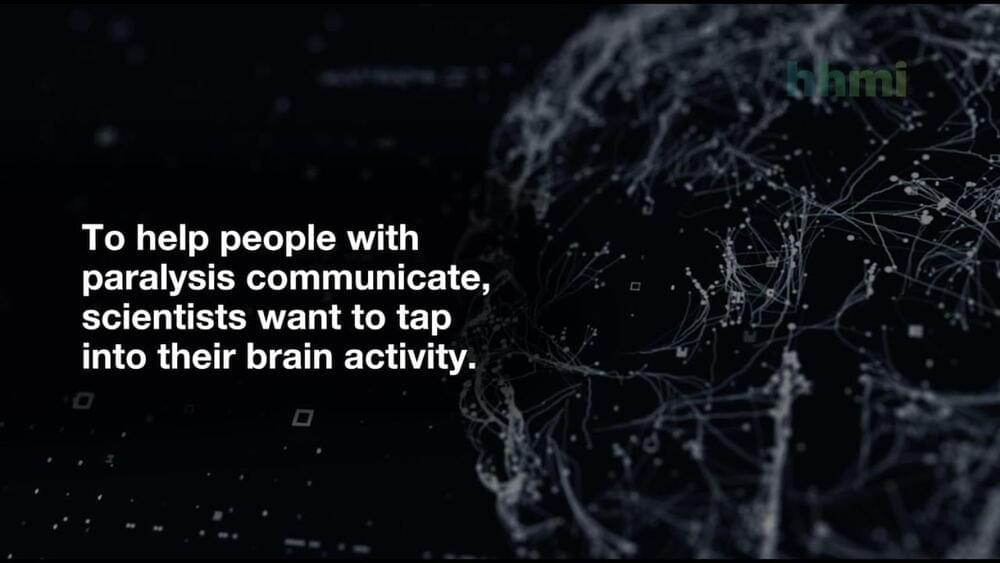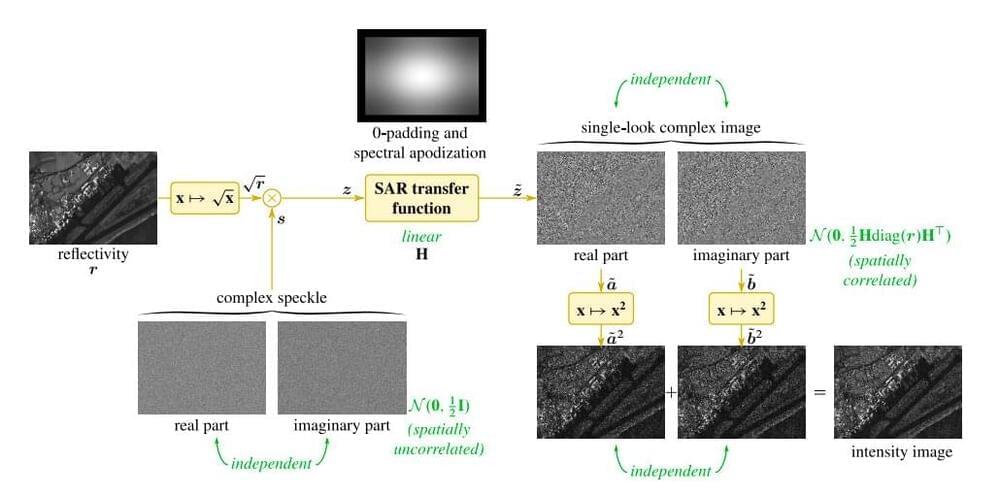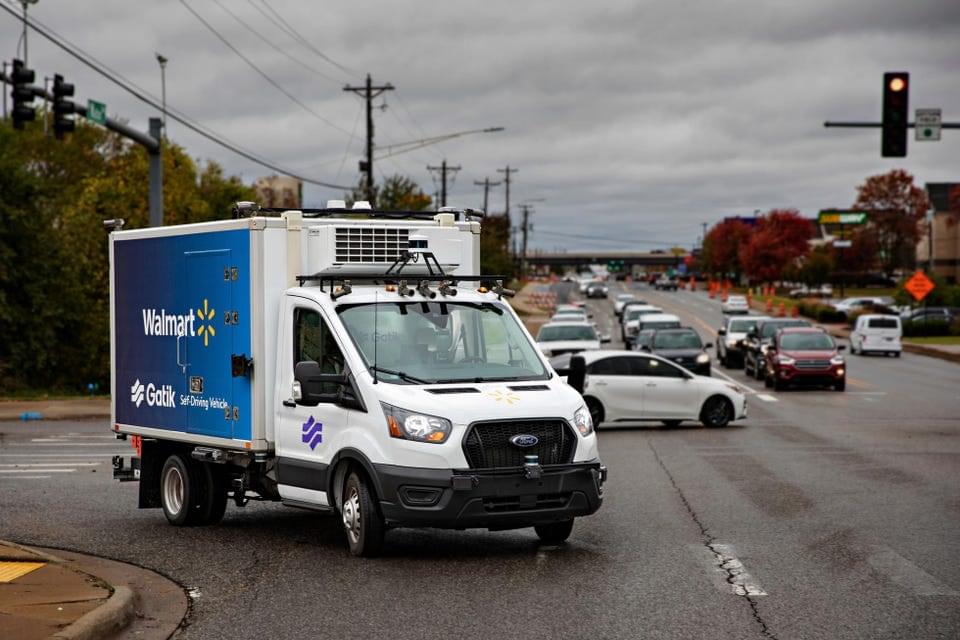Ohio-based startup Mantium has today announced closing $12.75 million in seed funding, as well as the launch of a cloud-based AI platform — which allows users to build with large language models.
The seed round, co-led by venture funds Drive Capital and Top Harvest, will be used to source for more talent, to add more features to Mantium’s AI platform and in driving awareness around what is achievable with large language models, especially across Africa, the firm’s CEO and co-founder Ryan Sevey told TechCrunch.
It is looking to expand its team of 33 which is currently spread across nine countries, including Ghana, Nigeria and Kenya. Having a globally distributed team, Sevey said, helps in the generation of unique insights and varying problem-solving approaches around AI.

